Heavy-Duty Floor Jacking Solutions for Safe Lifting
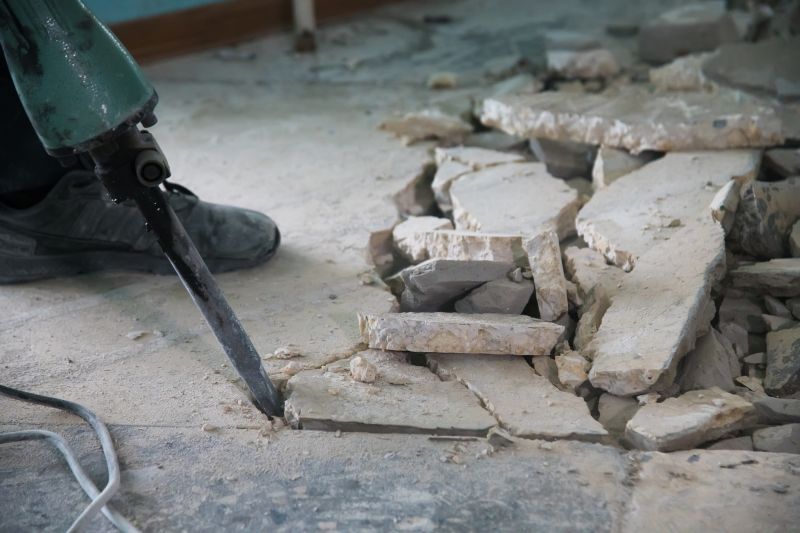
A grid of images showcasing various types of floor jackings used in different settings, emphasizing versatility and application diversity.
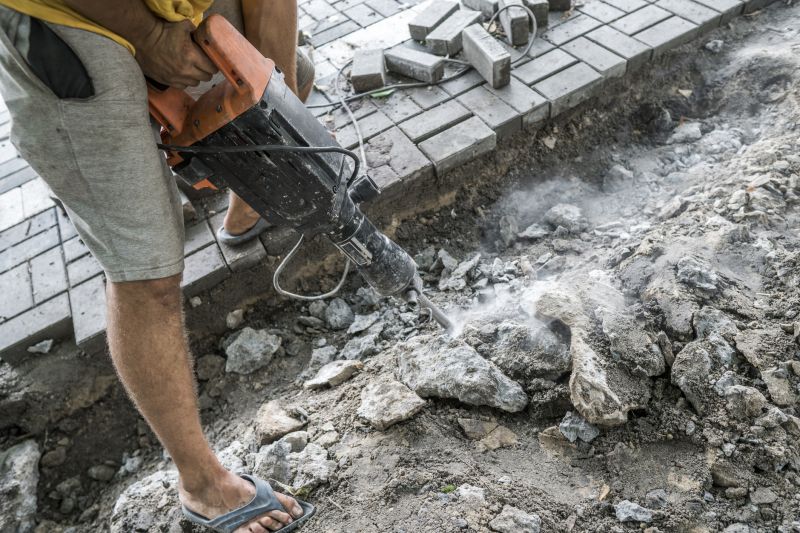
Photos of professional-grade floor jacks in use, highlighting durability and design features suited for heavy-duty tasks.
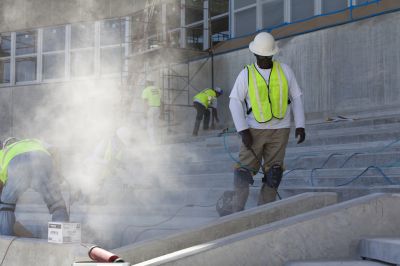
Visuals of finished floor jacking jobs demonstrating proper implementation and safety standards.
Floor jacking is a critical process in vehicle maintenance, construction, and structural repairs. It involves lifting heavy objects or structures safely and efficiently, often requiring specialized equipment designed to handle significant loads. Proper floor jacking ensures safety, prevents damage, and allows for precise work in various industrial and automotive applications.
Statistics indicate that the use of high-quality floor jacks can reduce the risk of accidents by a significant margin. The efficiency of a floor jacking operation depends on the equipment's capacity, the operator's skill, and adherence to safety protocols. Properly executed floor jacking can save time and reduce labor costs while maintaining safety standards.
Types of Floor Jackings
Utilize hydraulic pressure to lift heavy loads with minimal effort, suitable for automotive and light construction tasks.
Compact and portable, ideal for quick lifts and roadside repairs.
Use compressed air for lifting, often employed in industrial settings requiring high capacity.
Different models offer varying speeds for raising and lowering, impacting efficiency based on project needs.
The process of floor jacking typically involves positioning the jack under the load point, applying force to lift, and securing the load with support stands if necessary. The duration for a professional to complete a floor jacking operation varies based on complexity but generally ranges from a few minutes to an hour for more extensive projects.
Hiring a professional for floor jacking offers benefits such as adherence to safety standards, proper equipment handling, and efficient completion of tasks. Professionals are trained to assess load requirements, select appropriate jacks, and execute lifts safely, reducing risks associated with improper jacking techniques.
The Floor Jacking Process
The process begins with evaluating the load and selecting the appropriate jack. The operator then positions the jack correctly, ensuring stability and balance. Hydraulic or pneumatic systems are activated to lift the load gradually, maintaining control throughout. Once the desired height is reached, support stands are placed if necessary, and the load is secured for further work or transportation.
This process requires precision and safety awareness to prevent accidents or damage. Proper training ensures that each step is executed correctly, maintaining safety and efficiency.
Advantages of Professional Floor Jacking
Engaging professionals ensures that the jacking process complies with safety standards and is completed efficiently. Professionals have access to the latest equipment and techniques, minimizing the risk of structural damage or injury. Their expertise allows for quick assessments and precise execution, making the operation safer and more reliable.
Properly performed floor jacking can also extend the lifespan of the equipment and the load being lifted, reducing long-term costs and ensuring ongoing safety.
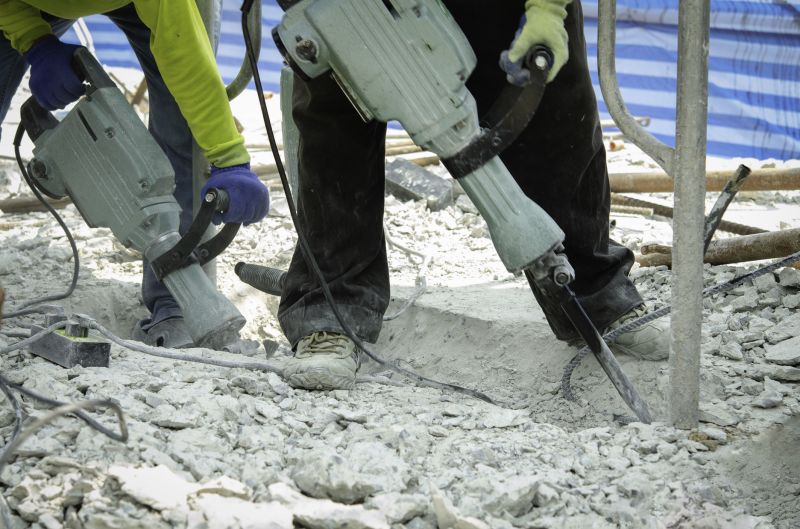
Photos showcasing finished work with properly lifted and supported loads, demonstrating adherence to safety protocols.
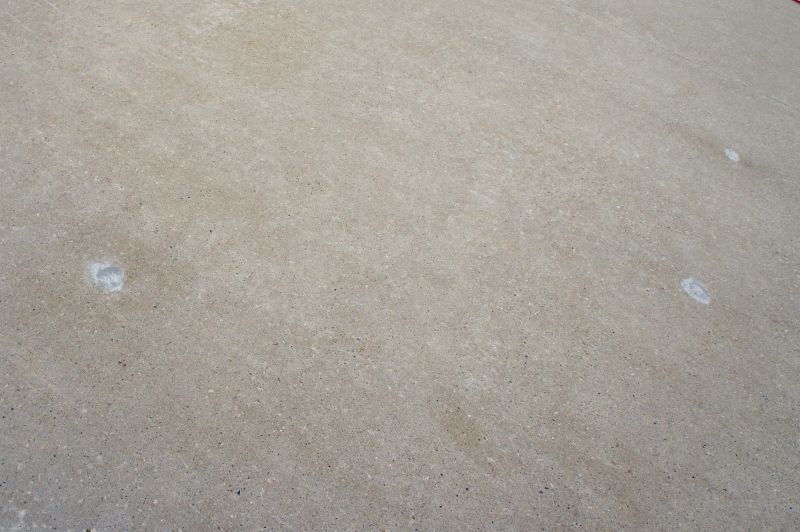
Comparison images illustrating the effectiveness of professional jacking in restoring structural integrity.
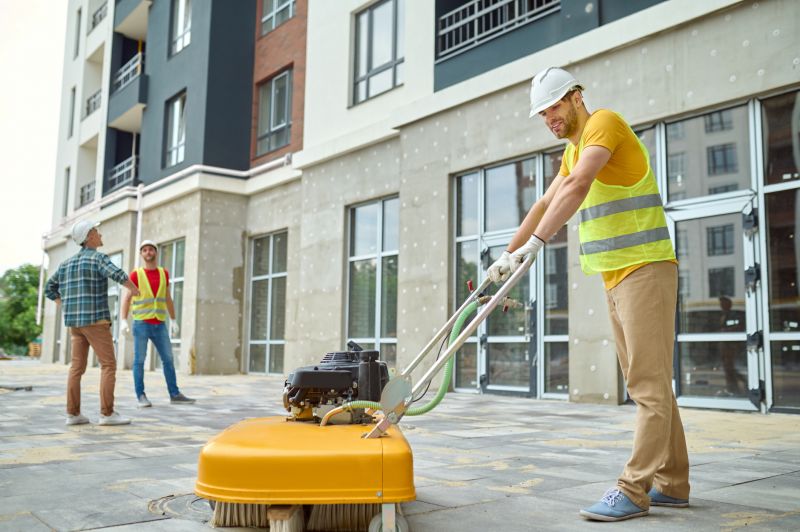
Visuals emphasizing safety equipment and procedures used during professional floor jacking operations.
If a quote for floor jacking services is desired, filling out the contact form provides an opportunity to receive detailed information tailored to specific project requirements. Professional assessment and planning are essential for safe and effective operations.



